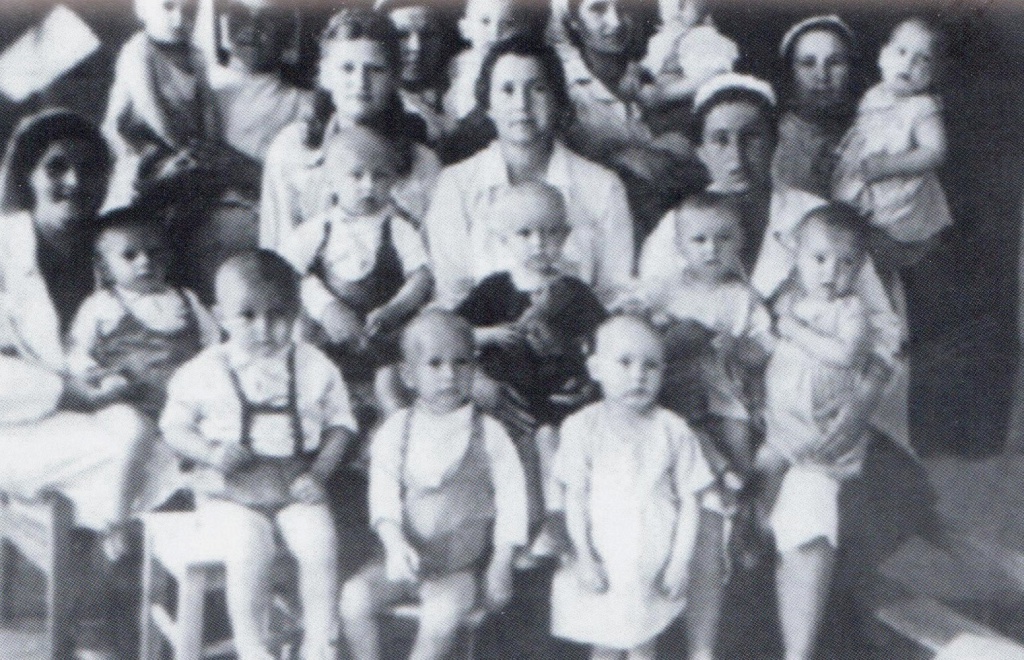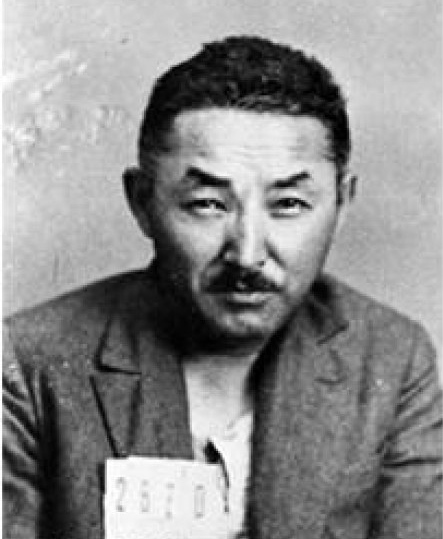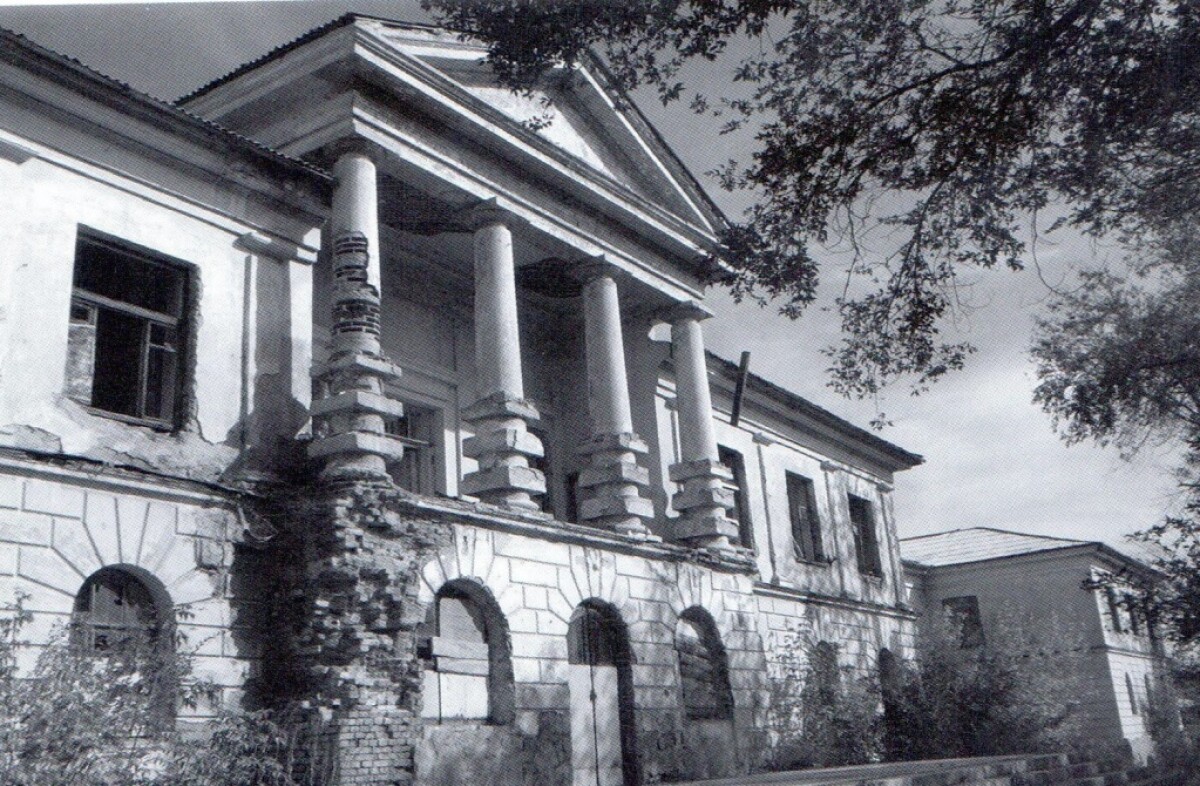May 31 is commemorated in Kazakhstan as a Day of Remembrance of the Victims of Political Repressions.
Day of Remembrance of the Victims of Political Repressions is a special day for Kazakhstan, a day of sorrow and mourning. Our republic became one of the destinations of deportation for millions of Soviet citizens.
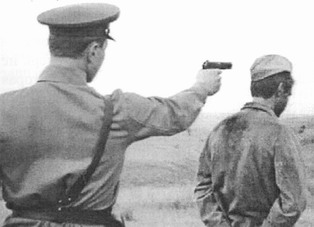
Thousands and thousands of people of different nationalities were lost. Mass repressions didn’t avoid any republic of the former Soviet Union. Any person of any national and social identity could become a victim of unprecedented terror in scale.
Victims of repressions could be not only active political opponents of Bolsheviks, but also people who simply expressed disagreement with their policy.
Former policemen, priests, and also former landowners and businessmen were exposed to repressions.
Therefore, 40 million people were subjected to repression from 1929 to 1953 in the USSR.
It is also necessary to consider not only condemned for “counterrevolutionary crimes” people but also the members of their families that could be noted in documents as “socially dangerous” or “socially harmful objects”. Besides, the official statistics of such repressions is basically incomplete, as there were mass executions which were not mentioned in any statistics.
There were about 103 thousand victims of political repressions in Kazakhstan in 1929 – 1953. 25 thousand were shot, 42 per cent of Kazakhs were lost for hunger, and more than one million people were deported from the republic.
Since 1930 the Soviet government refused usual forms of restraint and created a base of new system which officially entered corrective labor. It was planned to isolate a part of the population and to use these people for implementation of a plan of social and economic transformations. Then the Head department of camps (Glavnoe upravlenie lagerei) – GULag was created.
Head department of Karlag (Karaganda camp)
Gulag was the government agency that administered the main Soviet forced labor camp systems from the 1930s until the 1950s.
There were founded 11 Gulag camps in Kazakhstan: Alzhir (Алжир), Karlag (Карлаг), Dalniy (Дальний), Stepnoi (Степной), Peschaniy (Песчаный), Kamyshlag (Камышлаг), Aktyubinskiy (Актюбинский), Dzhezkazganlag (Джезказганлаг), Petropavlovskiy (Петропавловский), Camp Kingir (Лагерь Кингир) and Ust-Kamenogorskiy (Усть-Каменогорский).
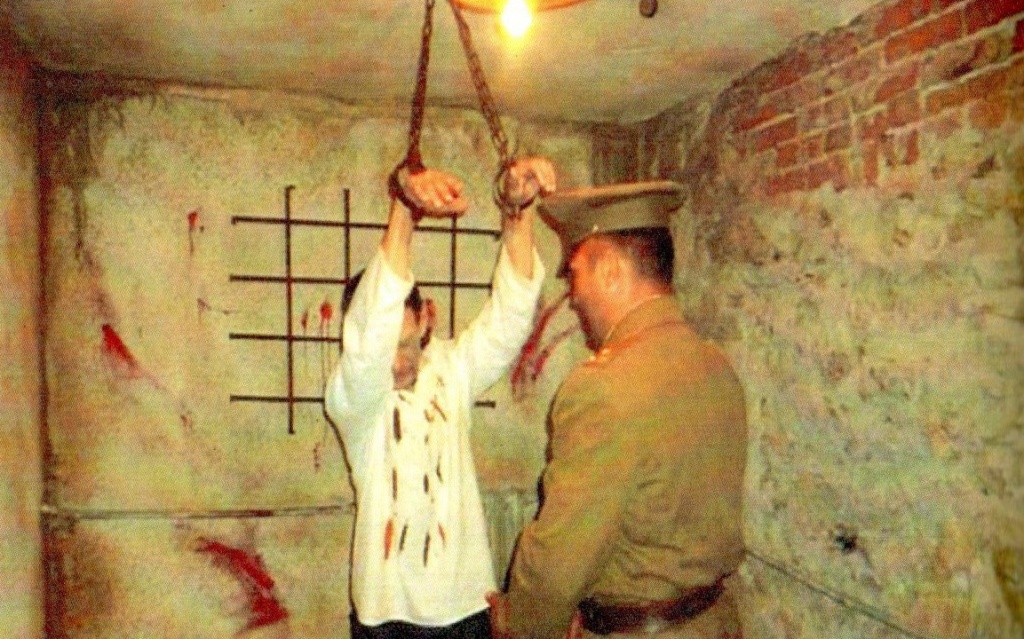
Innocently condemned Orthodox and Muslims cruelly suffered in steppe camps, under scorching heat and in bitter cold. Here perished the Kazakhs, the Russians, the Tatars, the Chechens, and other representatives of different nationalities and religions.
In different years about 800 thousand people from Germany, 102 thousand from Poland, 19 thousand Korean families, 507 thousand representatives of the people of the North Caucasus were deported to Kazakhstan. The Crimean Tatars, the Turks, the Greeks, the Kalmyks and many others also came here unwillingly. In total for these years 1 million 500 thousand people were deported.
By special decree of NKVD - The People's Commissariat for Internal Affairs (Народный комиссариат внутренних дел, Narodniy Komissariat Vnutrennikh Del) the members of families of political repression victims were also condemned. Innocent wives, sisters and mothers served a sentence. For such women there were created special camps, that were unrivalled among other countries of the world. For example, notorious “Alzhir” (Алжир) - Akmolinsk camp of wives of traitors of the homeland situated in 30 kilometers from Astana, the present capital of Kazakhstan. Today there is a Museum of political repressions "Alzhir" on that place.
Children of Alzhir captive women
In the camps located in the territory of the USSR including Kazakhstan outstanding representatives of the Kazakh culture, science, and education were killed: Shakarim Kudayberdiyev, Ahmet Baytursynov, Myrzhakyp Dulatov, Mukhamedzhan Tynyshpayev, Magzhan Zhumabayev, Sanzhar Asfendiyarov, Oraz Zhandosov Turar Ryskulov, Saken Seyfullin, Ilyas Dzhansugurov, Beimbet Maylin, Sultanbek Hodzhayev, Alikhan Bukeykhanov, Zhusipbek Aymauytov, Halel Dosmukhamedov and thousands of other victims of repressions.
The tragedy of cruel terror was concerned nearly 4 million Kazakhstan citizens.
One of the first laws adopted in sovereign Kazakhstan was the Law of the Republic of Kazakhstan «About recovery of victims of mass political repressions» (April 14, 1993). Today in Kazakhstan about 350 thousand illegally subjected to repression people, including deported to Kazakhstan are rehabilitated. The process of studying of archival materials still proceeds today.
May 31 is commemorated annually in Kazakhstan since 1997 after the Decree of the President of the Republic of Kazakhstan N.Nazarbayev.
Annually this day people arrange the flower-laying ceremonies, meetings at memorials and monuments to victims of political repressions.
adebiportal.kz
To copy and publish materials,
you must
have
written or oral permission from the editorial board or the author. A hyperlink to the
Adebiportal.kz portal is required. All rights reserved by the Law of the Republic of
Kazakhstan "On Copyright and Related Rights". adebiportal@qcontent.kz 8(7172) 64 95 58 (in
- 1008, 1160)
The opinion of the author of the article does not represent the opinion of the
editorial board.





